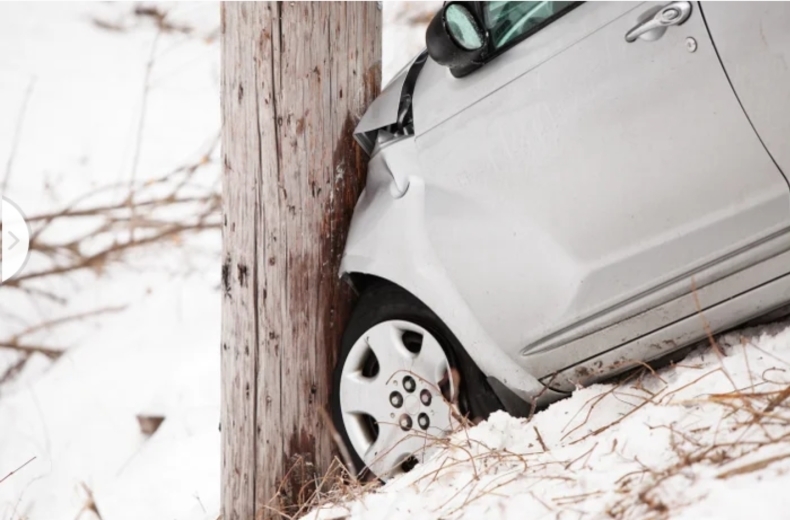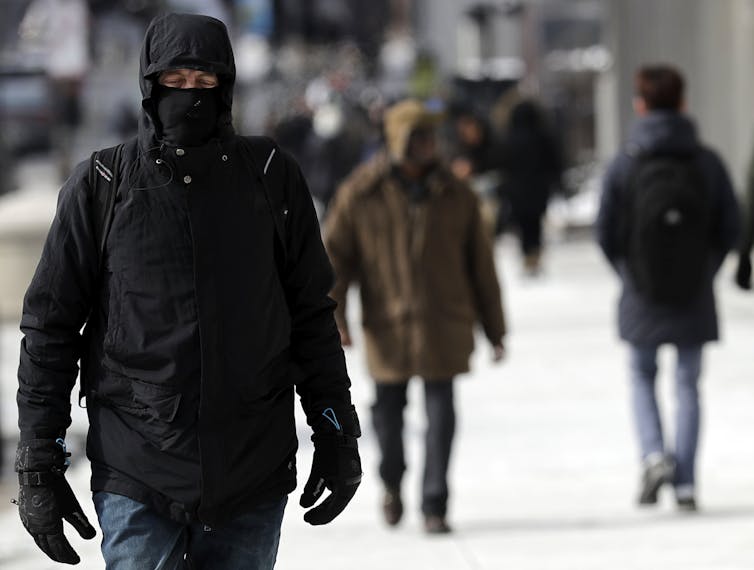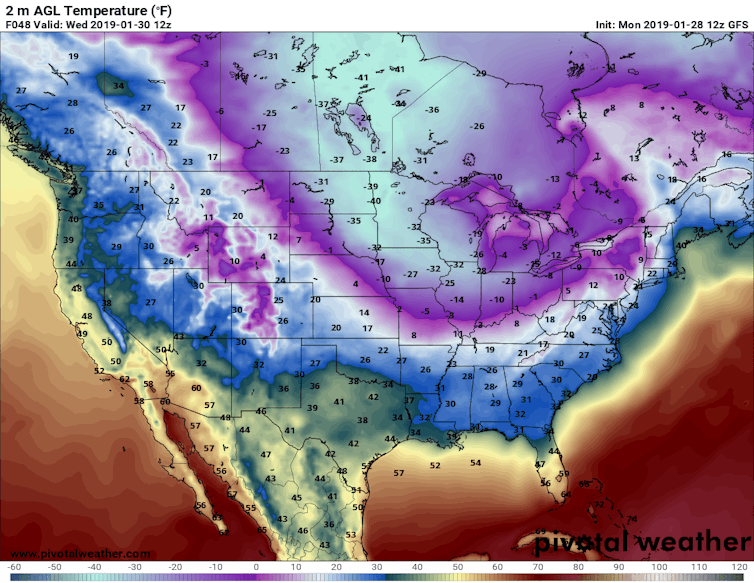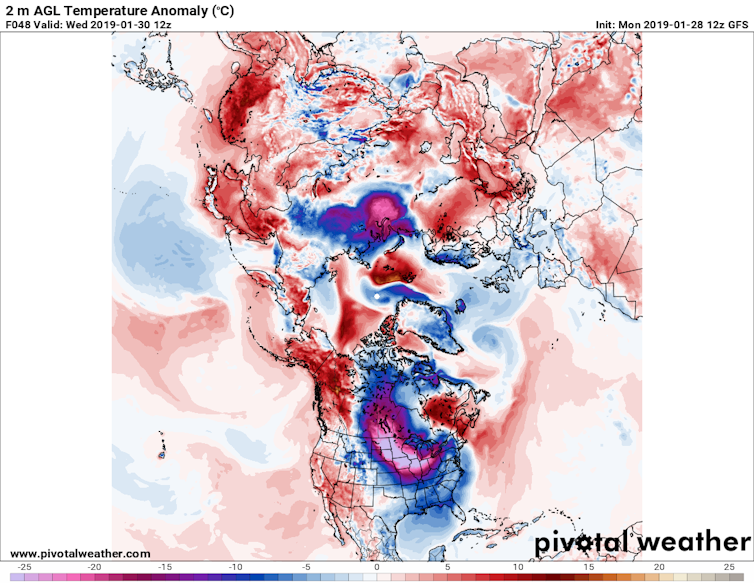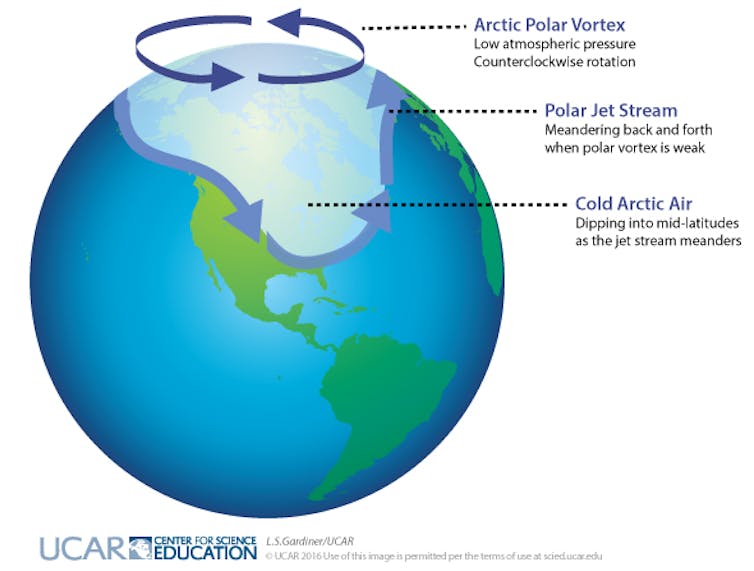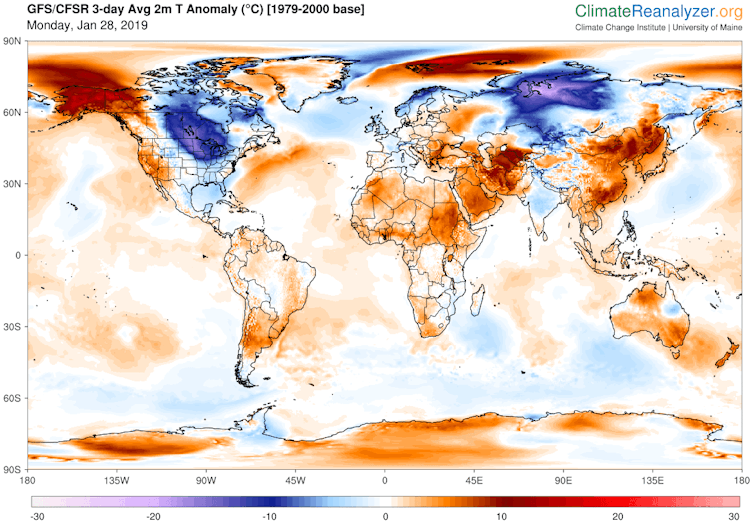
Key points
You can lower car insurance costs by bundling home and auto coverage, taking advantage of discounts, adjusting your coverage or paying your premium in
Improving your credit score may qualify you for lower auto insurance premiums, in most states.
Shopping around and getting quotes from other insurers can also help you find lower car insurance rates.
Car insurance rates are on the rise. Looking at your premiums this year, you may have one question on your mind: how to lower car insurance. Of course, you don’t want to drop coverage you need, as that may cost you more money down the line if you have a claim. We’ll share some simple ways you can get premiums down without increasing your financial risk.
How much does car insurance cost?
The average cost of car insurance is $2,026 a year — and that’s for a driver with a clean record. You could pay substantially more if you’ve been in accidents, gotten some tickets or even just live in a high-insurance-cost state (we’re looking at you, Florida).
ZIP Code
Zip
Age
35 - 44
Current Insurer
Other
I own my home
Multiple Vehicles
Good Credit
Interested in Home Insurance?
shopping cart iconCompare Rates
Here’s how to lower your car insurance
There are actions you can take to save at least some money on car insurance — most of which don’t require reducing your coverage. Here are 10 steps to take now.
1. Shop around for a lower rate
By and large, one of the best ways to lower your car insurance rates is to shop around for a new policy once a year or every couple of years. You can usually find better rates elsewhere for the same level of coverage (just make sure you’re keeping coverage limits and deductibles consistent when comparing.) And it’s easy to switch car insurance companies.
Online insurance marketplaces are a convenient way to compare car insurance quotes side-by-side, but you can also work with an independent insurance agent to find the best deal.
2. Bundle insurance policies
You can save an average of 14% on your homeowners and auto insurance by bundling the two policies together with one insurer. For the average homeowner, that’s $466 a year in savings. State Farm has the best home and auto bundle discount, up to 23% per year or an average savings of $787.
Renters aren’t left out of the mix, either. You can usually bundle your renters and auto insurance for discounts as well.
3. Search for car insurance discounts
Bundle discounts are a good start for lowering car insurance rates, but insurance companies offer even more ways to cut costs. Ask your insurer what other car insurance discounts you qualify for, including:
Good driver discounts.
Military discounts.
Multi-vehicle discounts.
Paperless discounts.
Senior discounts.
4. Adjust coverage
We highly recommend full coverage auto insurance. If the cost is prohibitive, cut other expenses, like streaming services or extra meals out, before dropping comprehensive and collision.
That said, you can adjust your policy to make it more affordable without downgrading to state-minimum coverage. For instance, you could:
Drop coverage you don’t need: Again, you should hold onto comprehensive and collision insurance unless you have an old car with a low value. But you may be able to forego other extras, like roadside assistance or rental car reimbursement.
Increase your deductible: Higher deductibles result in lower monthly premiums. Just keep in mind that your insurer will subtract the deductible amount from your claim check if you ever make a collision or comprehensive claim. Only increase your deductible to an amount you’d be comfortable covering.
Reduce your limits: Auto insurance policies have coverage limits, the full amounts that insurance companies will pay for covered incidents. These are usually in the tens or hundreds of thousands of dollars. Lowering your limits will also lower your premium. Just be advised that if you go too low and cause an expensive accident, you’ll be on the hook for everything after you max out your insurance.
Before playing around with your coverage, make sure you have a full understanding of how car insurance works. Otherwise, work with a trusted agent who can advise when it’s safe to adjust deductibles and coverage limits.
5. Enroll in a usage-based insurance program
Many of the best car insurance companies now offer some kind of usage-based insurance (UBI) program, which lets them track your driving habits, often through a mobile app or Bluetooth device that requires location sharing. If you’re a good driver with no excessive speeds or hard braking, for instance, you could save between 5% and 40% on car insurance.
Of course, if you’re not a good driver (or you drive a lot of miles or at night), you may not save with a UBI program.
6. Reduce your mileage
If possible, reduce how much you drive. Insurance companies may lower your rates if you don’t drive many miles. Just don’t lie about your average driving distance, telematics and your odometer can confirm how far you travel.
If you don’t drive much at all, you may even benefit from finding a pay-per-mile insurance plan. They’re not as common, but can be a great way to save money on car insurance if you rarely get behind the wheel.
7. Buy an insurance-friendly car
Buying a new car is expensive, but it could actually save you some money on auto insurance. Some insurance companies offer new car discounts and also offer discounts when your vehicle has certain safety features, like airbags and daytime running headlights.
“Many new vehicles come equipped with safety features that can reduce the likelihood of a claim to occur,” said Amanda Mezerewski, vice president of the personal auto insurance product at Travelers Insurance. “In certain instances, discounts may be warranted for vehicles that have these features, like automatic emergency braking.”
It’s not just active safety features like automatic braking that can warrant discounts. Something as simple as adding an aftermarket anti-theft device may get you a discounted rate.
If you’re purchasing a new car in the hopes of lowering insurance costs, consider getting a Toyota, Honda or Chevrolet. Among best-selling vehicles, the cheapest cars to insure are Toyotas, which make up 21% of the top 25, and Honda and Chevrolet, which account for 13% each.
8. Improve your credit
A few states have outlawed insurance companies from using your credit score when determining your rate, but in most parts of the U.S., it’s standard practice. Improving your credit score can open a lot of opportunities for you financially, including finding lower insurance rates.
The impact can be substantial. Drivers with poor credit pay twice as much for the same level of coverage as drivers with good credit.
You won’t be able to improve your credit score overnight, but you can make significant gains ahead of your next policy renewal, even with 30 days. Here’s how to build and improve your credit quickly.
9. Take a defensive driving course
Taking a defensive driving course could get you a discount on your car insurance, especially if you’re a senior driver. Some states go so far as to require insurance companies to offer discounts to seniors who enroll and complete such a course — it’s our top tip to save money on senior car insurance.
On average, the discounts are worth about 5% to 10% of the total premium.
10. Pay your premium in full, if possible
Paying your premium for the entire policy period (six or 12 months, usually) could result in a discount, typically between 6% and 14%.
The only caveat here is that you shouldn’t pay in full if you don’t have the spare cash lying around for emergency expenses. Draining your bank account to save 6% on car insurance could mean you later have to use a high-interest credit card for emergency expenses — which could cost you a lot more than any insurance savings in the long run.
How to lower car insurance FAQs
What car insurance company was popular for the lowest rates?
The best cheap car insurance companies include:
Nationwide.
USAA.
Travelers.
Erie.
Progressive.
Geico.
These companies offer some of the lowest rates for good drivers, but you should always get quotes from multiple companies before signing up for a policy


